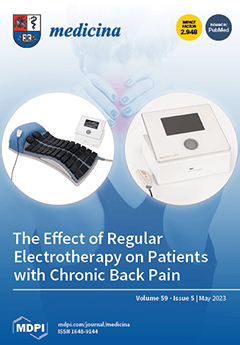Background and objective: Teaching is widely recognized as a highly stressful profession. Job stress leads to emotional exhaustion, which in turn triggers teacher attrition. The cost is estimated as USD 2.2 billion annually for teacher dropouts. It is therefore important to understand the mental state of teachers and the factors that may influence it in order to provide the appropriate early intervention. In the past, more attention has been paid to the mental status of teachers in economically developed cities, but less research has been conducted in remote cities. In this study, we selected primary and secondary school teachers in a typical area to assess their mental health, thereby contributing to the development of effective mental health education programs for teachers in primary and secondary schools.
Materials and methods: In this study, 1102 teachers from a typical city in Ningxia Province, characterized by remote mountain areas, minority communities, and a low economic level, participated. The mental status of the teachers was assessed by a Symptom Checklist-90 (SCL-90). The effects of gender, age, level of education, place of work, and marital status on the total SCL-90 score were recorded and compared. The subscale scores of the SCL-90 and the differences among the respondents with various characteristics were analyzed.
Results: In total, 1025 data were valid and used for statistical analysis. The effective rate of this study was 93.01%. The analysis showed that 25.17% of the subjects had possible mental problems. There were significant differences in age and marital status (
p < 0.001). The score of teachers less than 30 years old was lower than that of other teachers (
p = 0.001 vs. 30–39;
p < 0.001 vs. 40–49;
p < 0.001 vs. ≥50). The no-marriage teachers had the lowest score than the married group or others (
p < 0.001 vs. married;
p < 0.05 vs. others). Compared to the norm, teachers’ mental status was poor, especially in somatization (
p < 0.001), obsessive-compulsive symptoms (
p < 0.001), depression (
p < 0.001), anxiety (
p < 0.001), hostility (
p < 0.001), phobic anxiety (
p < 0.001), and psychosis (
p < 0.001). There were gender differences in obsessive-compulsive symptoms (
p < 0.05) and depression (
p < 0.05).
Conclusions: These data indicate that the mental status of these teachers is not optimistic, and married female teachers aged 40–55 years need to be given more attention. Mental health examinations can be incorporated into daily physical examination items to facilitate the timely detection and early intervention of negative emotions.
Full article






